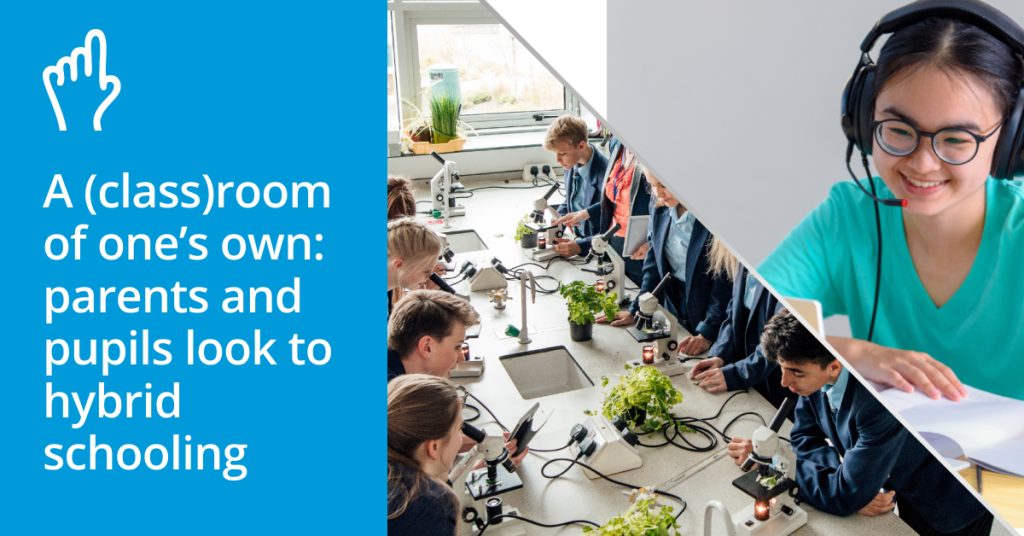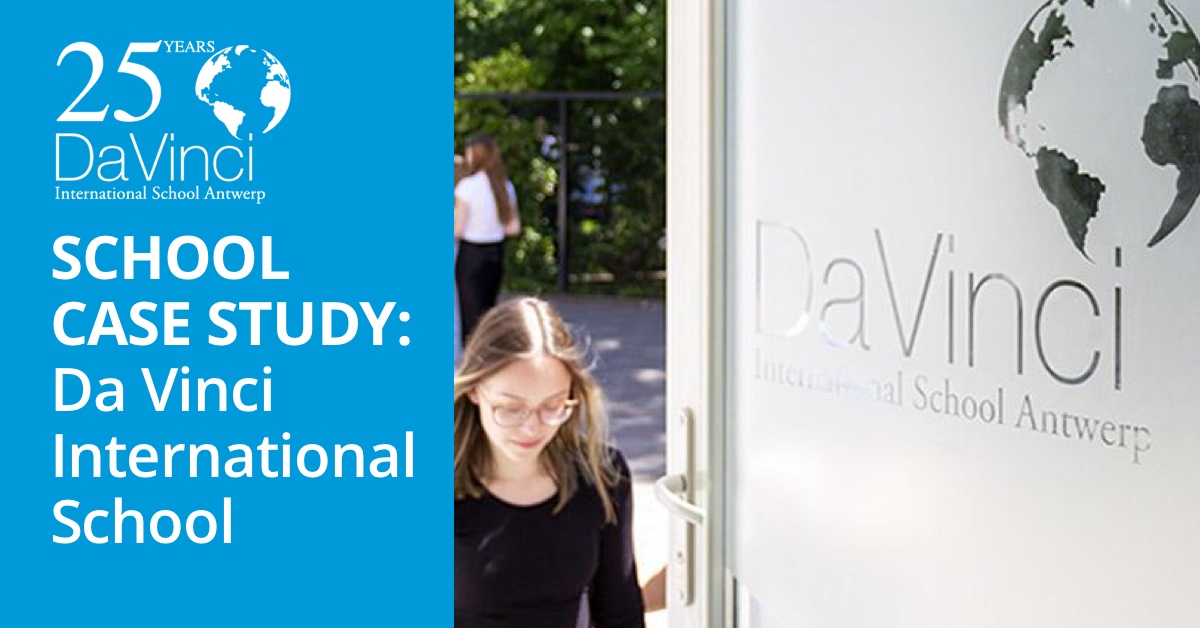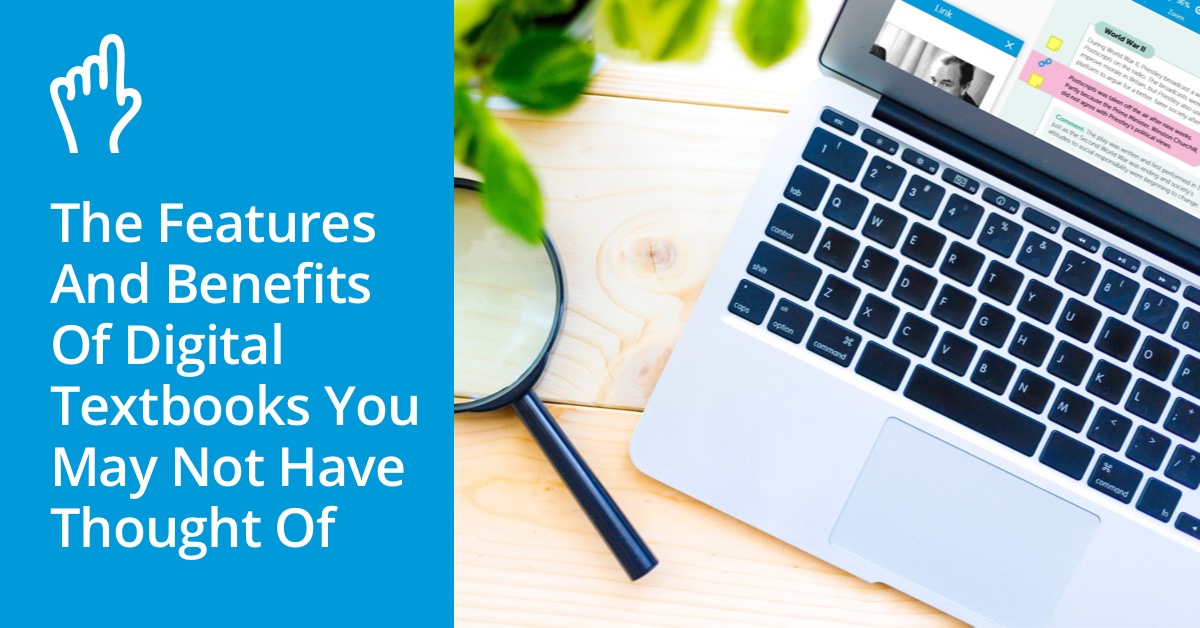Schools, for many, are stressful environments, particularly for introverts and the neurodiverse. While the negative impact of the COVID-19 pandemic is patent, it is a curious thing that some children benefited greatly from “lockdown learning”. I know my own 13-year-old son did, relishing greater independence and cracking on with project work without the usual classroom distractions.
Going the extra mile for a great education
I was a school teacher and tutor for 20 years and I’d always ask my tutees how far they travelled to and from school. The distances – and, indeed, the time spent in transit – were often staggering, with many rising well before six o’clock and not getting home much sooner than 12 hours later.
It’s worth stating that I taught in the private sector, in schools valued for their results and league table positions, as well as what they offered outside the curriculum. Consequently, parents priced travel into the cost-benefit equation.
So, in summary, pupils travelled huge distances for the very best education.
But, as each term wore on, I saw those travelling the furthest wither and wilt. And those hours, days, and weeks lost to the daily commute don’t make for great strides in learning. I sometimes felt kids would be better served with the occasional duvet day where they could get on with set work at home.
Well, some schools are; in fact, they were doing so well before the pandemic.
Hybrid: the best of both worlds; catering for a range of different needs
Hybrid schools offer the best of both worlds: in-person learning with great facilities, while catering for online learning at home. It’s clear that this suits a range of pupil needs.
Hybrid schooling frees up time. Less time in transit means more time for learning, rest, and play. It is easy to see how pupils with outside commitments, such as county sport, would benefit.
One hybrid school, Portland Place School, which is located in central London, says on its website:
“Families join our Hybrid School for a variety of reasons; a homeschooling alternative, to help integrate high level sport schedules, an affordable private education, medical reasons and we have proven success with anxious children.”
Portland Place School offers great flexibility in its hybrid model. Should they choose, students can learn online most of the week and attend the bricks-and-mortar school site near Regents Parks either one or two days a week. Some opt for online five days a week if they prefer complete online schooling or are unable to attend onsite. Coming in one day a week for more practical subjects is always an option. Furthermore, class groups are small by design to help support individual progress.
In-person engagement
Obviously, some activities demand in-person engagement. Practical lessons, such as science lessons, music, art, drama, and design and technology, demand hands-on activities. Getting together for project work and the likes of Young Enterprise schemes also makes sense.
And, just as importantly, schools are communities. Big school events and other shared endeavours allow them to celebrate common values. Relationships, learning to get on with people in-person(!), and other soft skills are the bedrock of a rounded education. And, today, character education is at the forefront of school leaders’ minds, and rightly so.
Hybrid pastoral provision
And, of course, schools also have a pastoral role to play.
I know I valued and enjoyed my time with my tutees enormously. It was often the best part of the job. Sharing stories, school news, current affairs, celebrating, commiserating, playing songs on each other’s devices, doing the odd quiz – the list is endless. Done well, form time is invaluable, and in-person time essential.
Hybrid schools ensure that each pupil belongs to a tutor group and has a form tutor or mentor on hand to help with their concerns and monitor their progress.
Embracing digital
The most successful hybrid schools make full use of digital learning. That requires having just the right tech tools in place all working in tandem in a joined-up ecosystem. The right VLE (virtual learning environment) can act as the go-to repository for all learning resources. Video conferencing tools, discussion forums, multimedia resources, and online assessments facilitate student-teacher interactions.
Many hybrid schools tool up new students with preloaded iPads which connect learners to all their resources, and that often includes digital textbooks. It’s no good trying to use physical textbooks in the same way if your pupils are elsewhere much of the week. Available anytime, anywhere, digital textbooks and eBooks suit perfectly the flexibility of online learning.
Teach once, teach many times
Teachers also benefit, in a number of ways. There is the advantage of teaching once equating to teaching many times, as teachers build up a library of online lessons and lectures. This can be a real boon at exam time.
Cambridge Home School, which has been supporting students online since 2002, just a year after Wikipedia’s inception, explains:
“In most full-time conventional schools, teachers exclusively rely on classroom teaching. Once students return home, they only have their schoolbooks to utilise for homework, revision, etc.
“Hybrid schooling goes a step beyond this approach. Students who attend online classes have access to a vast online library of top-notch resources, including study guides, past papers, videos, presentations, concept-strengthening games and exercises, tutorials, and so much more. Students can access these resources 24/7.”
It makes its case, and very convincingly, for the hybrid model here.
Flexibility for staff: an answer to recruitment and retention
National media coverage has only recently shone a light on the harsh realities of recruitment and retention crisis, not that school leaders were in the dark.
Could hybrid schooling be the best way to build flexibility in the UK education system?
Over half of respondents (52%) said that an increase in flexible-working opportunities would make the profession more attractive to potential new teachers, according to a survey by education charity Teach First. 4 in 10 teachers would like to do their admin, marking, and prepping at home, for instance, according to Teacher Tapp. And yet Teacher Tapp also reported that most senior leaders found it difficult to manage flexible working requests: 70% in primary; 67% in secondary.
Hybrid could be the answer.
At the time of writing (28 June), Tes reported, “DfE urges schools to use new flexible-working scheme” which is part of the government’s Teacher Recruitment and Retention Strategy. Launched in 2019, it was designed to help headteachers tackle changing workforce demands.
Schools and academy trusts urged to use new flexible-working advice scheme | Tes
Persistent pupil absence
And attendance – or rather, persistent absence – has also been in the news a lot recently, with schools minister Nick Gibb telling the Commons Education Select Committee (27 June) that “we are in uncharted territory” in the aftermath of the Covid pandemic.
Hybrid schooling could be one answer to long-term pupil absences and related issues.
As hybrid parent at Portland Place School says:
“[It] feels like a modern school for a new era. The world has changed and our schools need to change also. How many of us enjoy a few quiet days working from home, not wearing a suit? So many schools are lagging behind the new world our children find themselves in. The ‘sausage factory approach ‘ just does not work anymore for so many of our kids.”
Attendance: Thousands of pupils on part-time timetables | Tes
Rise of persistently absent pupils needs major recovery plan |Tes
Final thoughts
It seems that more and more private schools are looking to offer an online and on-site education experience.
It certainly suits teachers, pupils, and their parents, combining the best of both worlds, while offering greater flexibility, freedom, and adaptability.
To end where I began, I do wonder whether UK school days are too long, too overwhelming, too much for pupils. Happy children learn. Tired, grumpy kids don’t, and they often impede the learning of others, while taking up hours of teacher time. Low-level disruption is the bane of every educator’s daily life.
Is it time to make it easier for ourselves and our children with hybrid schooling?
Further reading
Hybrid schools are on the rise – Remote Family
The Future Of Hybrid Schooling (forbes.com)





